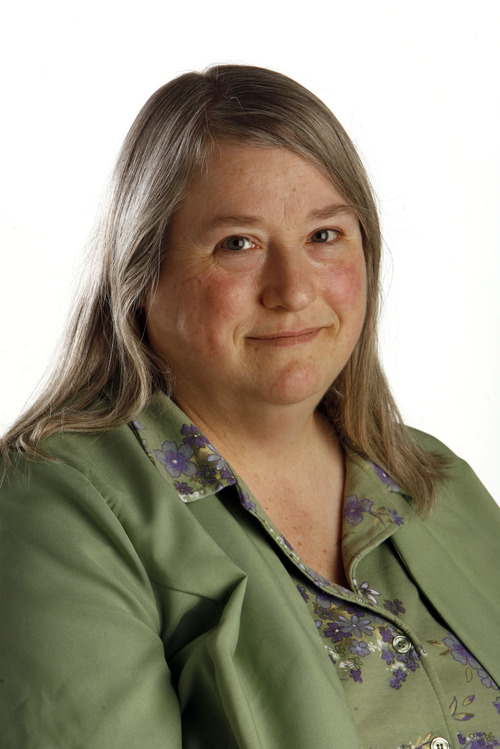This is an archived article that was published on sltrib.com in 2012, and information in the article may be outdated. It is provided only for personal research purposes and may not be reprinted.
When the earth began to shake beneath San Francisco in the early morning of Wednesday, April 18, 1906, the City by the Bay was host to more than 100 people with Utah ties.
Some were former Utahns who had made California their permanent home. Some were businessmen in town for a few days. Others, like the five missionaries en route to Samoa and Australia, were just passing through, intending to be there for only a few hours.
Two such former Utahns were Wally Young and Race Whitney, reporters for the San Francisco Chronicle, who were walking together toward their rooms when the rumbling started and buildings began to fall.
They escaped death by inches when a wall collapsed, and again moments later when one warned the other of live electrical wires falling toward them.
The traveling missionaries were so tired that they slept through the earthquake, but awoke to the noise in the street immediately afterward. Not knowing what caused the excitement, they took their time dressing, then become part of the tide of homeless humanity after the first aftershocks severely damaged their hotel.
Utahns in the city reacted to the crisis in different ways. One, Miss E. Wolfinger, helped to evacuate patients from French Hospital to an empty lot. A young bank cashier, expecting pillages, armed himself with a gun.
Several Mormon missionaries checking on the safety of church members were impressed by a policeman at gunpoint to enter the rubble of a destroyed building to look for survivors. Harold Jensen, 17, summoned unknown strength to carry his exhausted father out of a zone slated for dynamiting, while his mother pushed the source of the family's livelihood, a wheeled sewing machine, behind him.
Parley and Martha Musser, living in San Francisco while Parley studied medicine, left their badly damaged building. Parley dug a hole to save his medical books from the fires springing up all around, while Martha re-entered the building with a wrench, survived an aftershock on the basement stairs and shut off the gas.
The couple then sought out an emergency hospital, where Parley worked for 30 straight hours caring for wounded and burned survivors. They then rescued Parley's buried books and boarded a ferry for Oakland.
John Willard Clawson, formerly of Salt Lake City and Paris and a portrait painter with a rapidly rising international reputation, hurried from his home to his studio. He found it burning, so stood on the sidewalk, able to recognize particular canvases through the windows as they took flame. The studio also contained a library of 10,000 art prints and engravings; all were lost. Clawson spent the night under a thin blanket on the Presidio golf course, featherlike pieces of charred wood falling like black snow around him.
At home, Utahns rallied as soon as they heard. While crowds stood on the streets of Salt Lake scanning the latest news from California, others began raising money and shipping flour, blankets and tents. Realizing that baked bread would be more immediately useful than raw flour, hundreds of Salt Lake women spent the next few days and nights baking, then wrapping and carrying loaves to the train depot where they contributed to the dozens of carloads of supplies heading west. ZCMI shipped almost its entire stock of clothing and blankets. The Army band at Fort Douglas joined the Tabernacle Choir for a benefit concert.
And soon, when railroads began transporting quake victims eastward, hundreds of penniless, soot-blackened, exhausted people stayed overnight in Salt Lake, where they were taken into homes and hotels without fee, then fed, bathed and clothed.
The number of Utahns in San Francisco declined precipitously, as almost anyone with another home to go to left the city. Some stayed, though, helping to rebuild. Back home, Utahns continued their efforts, too, sending an estimated $100,000 for the relief of the stricken city.
Ardis E. Parshall can be reached at AEParshall@aol.com. She recommends William G. Hartley, "Saints and the San Francisco Earthquake," BYU Studies 23:4 (Fall 1983) and the Utah Digital Newspapers Project (http://www.digitalnewspapers.org) to readers interested in learning more about Utahns in the 1906 earthquake.



